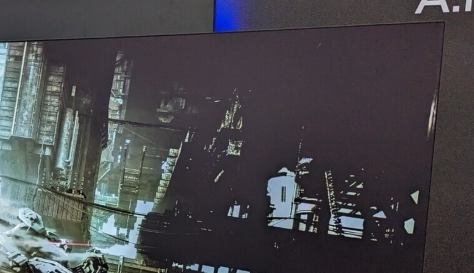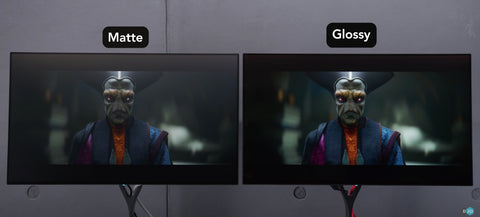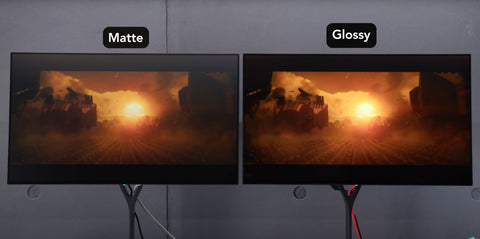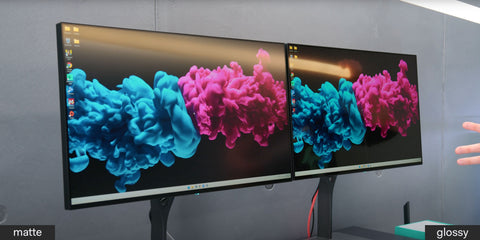Senn
Limp Gawd
- Joined
- Jul 29, 2021
- Messages
- 402
Sounds like an awesome setup already.Yeah his example might be using that mac supersampling/scaling HiDPI at 4k or 5k. Still he got good results overall I think and for $1k prob not a bad deal overall. I'll wait out drops on the 800b/900b - c though. Not in that big of a rush but looking forward to higher than 4k real-estate someday w/out bezels. Currently I have two 4k screens for desktop/apps + a 4k OLED for media and games.
But yeah, completely get the desire to reduce the number of bezels, preferably none. I've been on 43-50" 4k for a couple of years now and don't currently feel the need (or have the space
I'd maybe go down in size and up in DPI to allow for more actual desktop real estate if the displays that allowed for such things didn't have their own annoying compromises.
As ever, keeping my eyes on developments with no immediate need or desire to swap out what I have.
![[H]ard|Forum](/styles/hardforum/xenforo/logo_dark.png)







